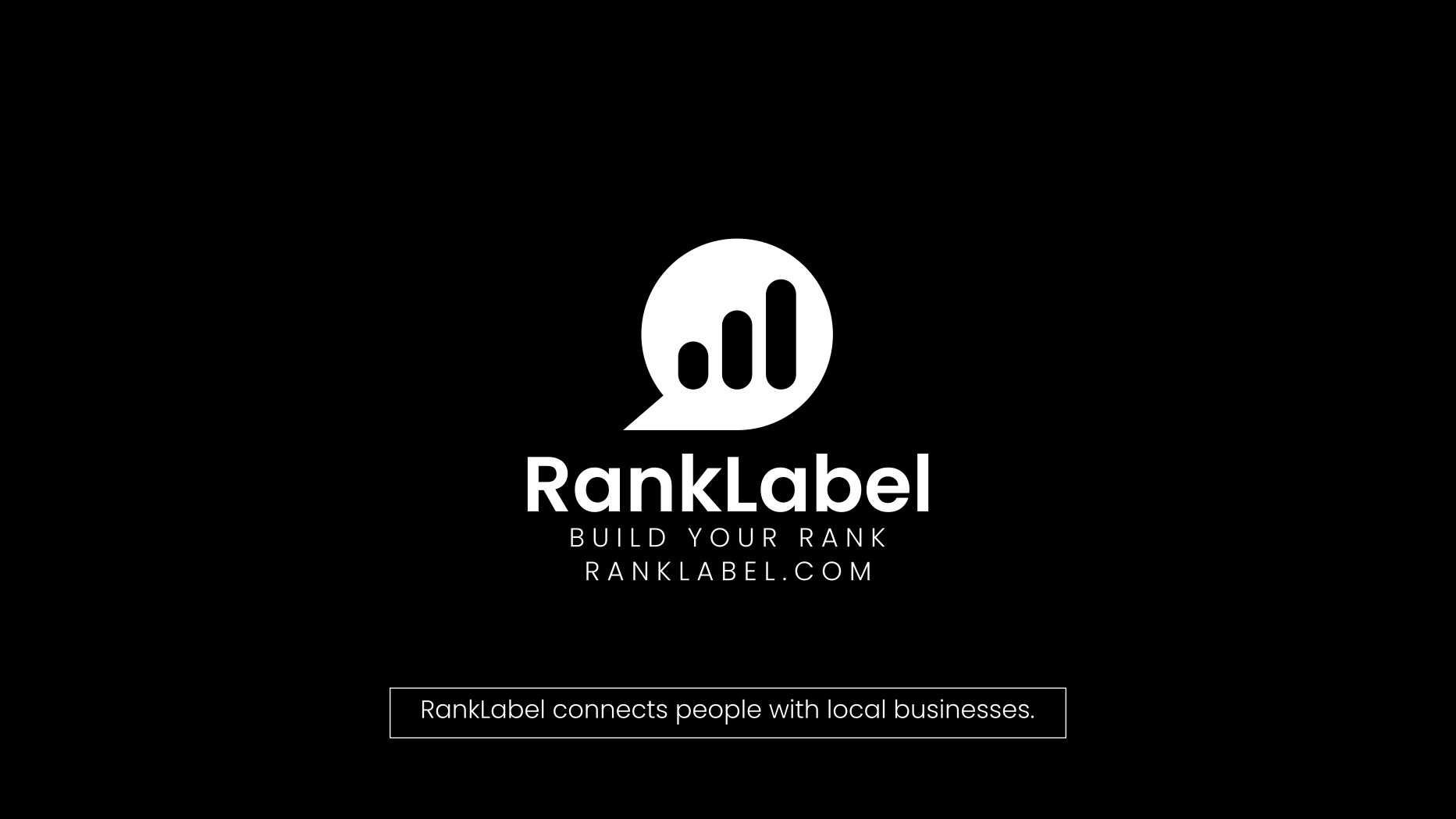Who Said 3D Printing Couldn’t Be Fun? Rev Your Engines for DIY Automotive Mastery!

Ever stood staring at your car, wishing you could just print out that one pesky part that keeps eluding mechanics? Yeah, me too. So, I dove headfirst into the world of 3D printing for manufacturing, specifically for those elusive automotive parts. It’s like playing a real-life video game, but the points you score can actually make your car cooler and your wallet heavier. Let's get into the nitty-gritty of how you can start turning your garage into a mini manufacturing powerhouse.
Why 3D Print Car Parts? It's Not Just for the Tech Nerds!
First off, let me tell you, diving into 3D printing didn’t just happen. It was born out of necessity (and a fair bit of frustration) from not finding the right parts for my vintage 'must-have' restoration projects. Plus, with a bit of eco-friendly magic, I can minimize waste, which means I’m not just making parts; I’m saving the planet, one less discarded bumper at a time.
Custom car parts can cost an arm, a leg, and maybe a small moon. But with 3D printing, I’m cutting costs like a pro baker slices through cake, crafting everything from simple knobs to complex transmission pieces. And yes, they work just as well, if not better, because they're custom-fit.
Getting Started with Your 3D Printing Adventure
Picking the right printer is like choosing a dance partner—it needs to match your two-left-feet or your tango. For car parts, you want a printer that handles high-strength materials. ABS plastic? It’s a good start. Want something stronger? Dive into the world of resin printers. Just remember, the material you choose is the hero of this story.
Now, creating custom 3D designs might sound as daunting as teaching my dog Bella to stop chasing her tail, but trust me, it’s doable. Plenty of software out there is designed for greenhorns, so you don’t need to be a full-stack programmer (though, hey, it helps!).
From Zero to Hero: Printing Your First Part
Alright, let’s get our hands digitally dirty. Start simple—a door handle, perhaps? Measure twice, design once. Load up your design software, input those measurements, and let the magic unfold. Calibration is key. An uncalibrated printer is like a guitar out of tune being played at my son Ethan’s first recital—painful!
And when you hit print, don’t wander off. The first layer is crucial. It’s like making pancakes; the first one might be a throwaway, but it teaches you how to nail the rest.
Quick Tips to Keep You Rolling
- Temperature matters: Too hot or too cold, and your part will look like it was in a mall parking lot fender bender.
- Speed isn’t everything: Slow and steady often wins the race, especially on intricate parts.
- Material wisdom: ABS is great, but exploring alloys and composites can put you in the major league.
- Post-processing: Some sanding, painting, or sealing might be needed. It’s like grooming my husky, Sky—necessary and oddly satisfying.
And remember, your first part might not be perfect. But like my first attempt at a Jackson Pollock imitation, it’s a learning curve—and it gets better.
Turning Your Garage Into a 3D Print Shop
Scaling up is the fun part. Once you’ve got the hang of printing small parts, why not think bigger? I’m talking about full body panels, or heck, even a dashboard if you’re feeling spicy. Just remember, with great printing power comes great responsibility—make sure your garage is ventilated because no one likes a headache, least of all your loyal garage dog buddy, Snowball.
Ever looked at a car part and thought, "I could make this better"? That's the spirit that got me into 3D printing. It’s about creating, improving, and sometimes just straight-up showing off. In my experience, the satisfaction of popping a part you designed and created into your car is unbeatable. It’s a mix of mad scientist and proud parent vibes. So, what’s stopping you from turning your garage into your personal pit stop? Ever thought about what part you’d print first? Drop your thoughts below—I’m all eyes!








